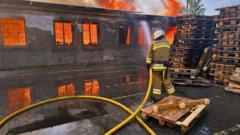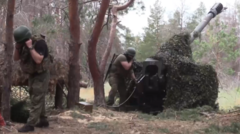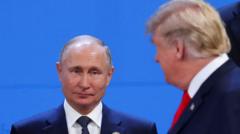As European nations pledge to significantly increase military spending, questions arise about whether they can develop their own defense industry or must continue relying on U.S. technological advancements, especially highlighted by challenges posed by the war in Ukraine.
Europe's Military Spending Dilemma: Independence or Dependence?

Europe's Military Spending Dilemma: Independence or Dependence?
A critical examination of Europe's commitment to boosting military investments amid reliance on U.S. defense technology.
European countries are stepping up with a commitment to increase military spending nearly twofold over the next decade, aiming to enhance their domestic defense industries. This ambitious investment, estimated at up to 14 trillion euros (approximately $16 trillion), raises significant questions about the ability of European manufacturers to innovate at the high-tech level required to compete with leading U.S. counterparts.
A key challenge lies in the so-called "F-35 problem." European nations often lack viable alternatives to crucial defense technologies, such as Lockheed Martin’s advanced F-35 stealth fighter jet. Many defense systems, from Patriot missile defenses to sophisticated drones, are predominantly sourced from American companies, raising concerns about the limitations this imposes on European capabilities.
European governments are now at a crossroads. As previous investments in U.S. weaponry constrain shifts towards building autonomous military infrastructure, the ongoing conflict in Ukraine and escalating tensions with Russia highlight the urgency of enhancing local capabilities. A shift towards a self-reliant military production ecosystem is essential, but whether this transformation can outpace the need for immediate, high-performance technologies from the U.S. remains an open question.
As Europe strives to solidify its defense posture, balancing the development of homegrown military capacities with the necessity of integrating advanced U.S. technologies poses a significant policy challenge for the coming years.























